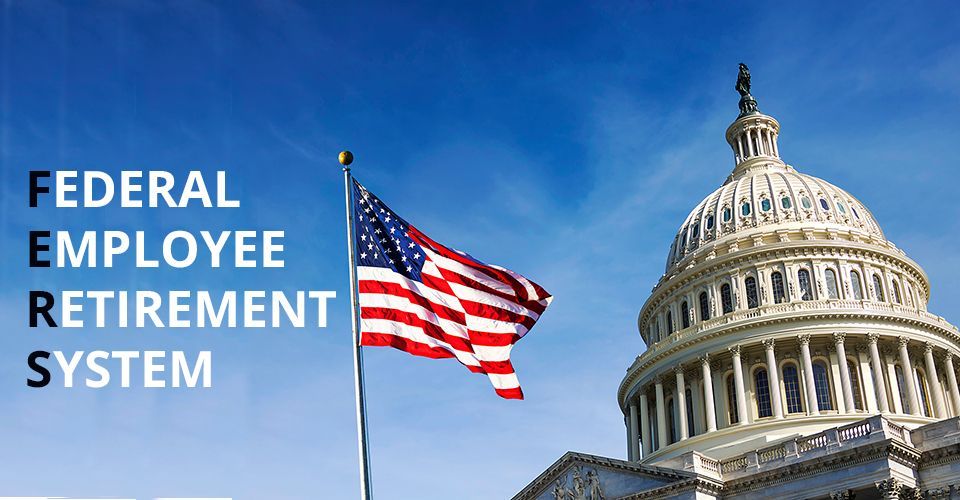Decoding Retirement and Tax Planning for Federal Employees in 2024

As a federal employee, you have a unique benefits package that includes the Thrift Savings Plan (TSP). But navigating retirement and tax planning can still feel complex. Here's a breakdown of key points to consider in 2024:
Understanding the TSP:
- Traditional vs. Roth TSP: The TSP offers both pre-tax and Roth contributions. Pre-tax contributions lower your taxable income now, but withdrawals in retirement are taxed as income. Roth contributions are taxed upfront but grow tax-free and can be withdrawn tax-free in retirement.
- 2024 Contribution Limits: The IRS sets contribution limits each year. In 2024, the limit for elective deferrals (your contributions) is $23,000, with an additional $7,500 catch-up contribution allowed for those over 50.
Tax Advantages:
- Tax-Deferred Growth: Traditional TSP contributions grow tax-deferred, meaning you don't pay taxes on earnings until you withdraw the money in retirement. This allows for potential long-term growth.
- Roth TSP and Tax-Free Withdrawals: If you choose the Roth TSP, contributions are taxed upfront, but all qualified withdrawals in retirement are tax-free. This can be beneficial if you expect to be in a higher tax bracket in retirement.
Required Minimum Distributions (RMDs):
- Changes for Roth Accounts: A significant update for 2024 is that RMDs no longer apply to Roth TSP balances during your lifetime. You can leave your contributions and earnings to grow tax-free and withdraw them as needed.
- Traditional TSP RMDs Still Apply: For traditional TSP accounts, RMDs begin at age 73. You must withdraw a minimum amount each year based on your life expectancy, or face a 25% penalty on the undistributed amount.
Planning for Retirement:
- Estimate Your Retirement Needs: Consider your desired lifestyle, healthcare costs, and potential debt to determine how much you'll need to save.
- Maximize TSP Contributions: Aim to contribute as much as your budget allows, taking advantage of catch-up contributions if eligible.
- Diversify Your Investments: Don't put all your eggs in one basket. Explore investment options within the TSP to create a diversified portfolio that aligns with your risk tolerance and retirement timeline.
- Seek Professional Guidance: A retirement coach can help you develop a personalized retirement plan, considering your unique financial situation and goals. Get connected to a retirement coach at Federal Retirement Experts
Additional Considerations:
- Federal Employee Benefits: Explore the full range of federal employee benefits, including health insurance options and the Federal Employees Retirement System (FERS). Over 50? Get a complimentary pre-retirement report from Federal Retirement Experts. This report explains your benefits and provides estimates on income and cost.
- Tax Implications of Other Income: Consider how taxes will affect your other income sources, such as Social Security, when planning your withdrawals.
By understanding your TSP options, tax benefits, and RMD changes in 2024, you can make informed decisions to secure your financial future. Remember, this is a starting point; consulting a retirement coach can provide personalized guidance for a comfortable and secure retirement.
Over 50? Get Connected for a Free Analysis
To get connected with one of Federal Retirement Experts’ retirement coaches, click the button below to schedule your no cost, 30-minute consultation. Our expert coaches will answer your CSRS, FERS and TSP questions, explain how your federal benefits work in retirement, and calculate a projected retirement income. If you're 50 or older, you’ll receive a free pre-retirement analysis. This is a tool to help you to better plan for retirement. Schedule your no-cost consultation today to receive your free pre-retirement report.
More Featured Articles









